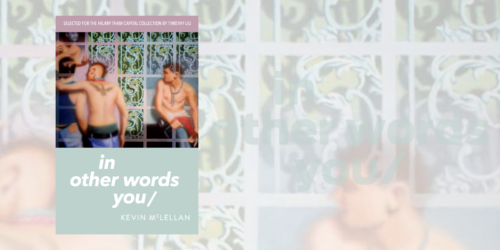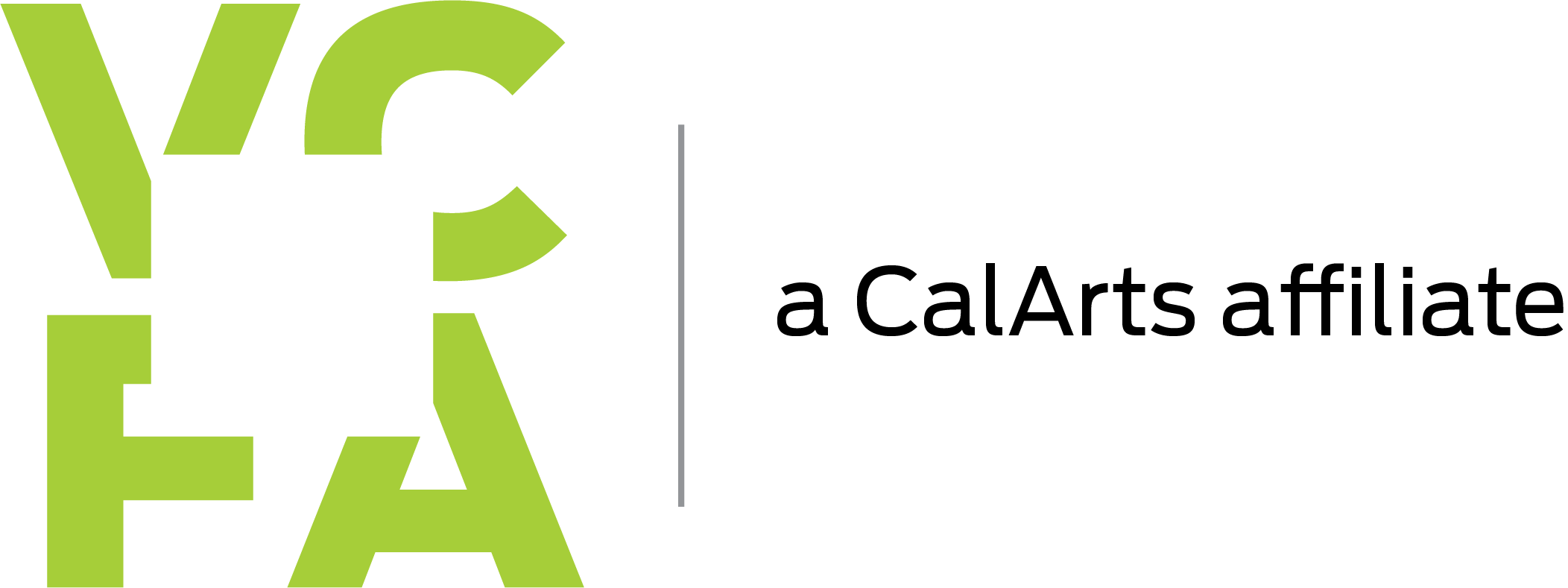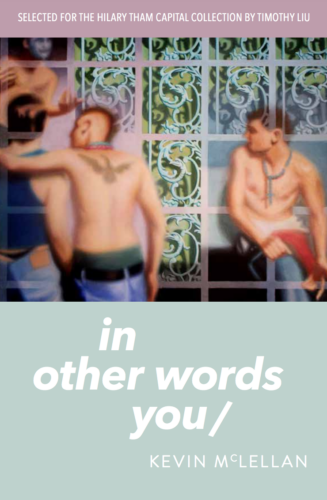Kevin McLellan, 1999 MFA in Writing
In the fall of 2022, we interviewed Kevin McLellan (W ‘99), a self-identified “queer maker,” on their recent exhibition Wojnarowicz in Cambridge, the themes of identity laced throughout their many works, and their upcoming 2023 publication in other words you/. Read excerpts from our Q&A below.

About Wojnarowicz in Cambridge:
Shown in late 2022 at the MIT Rotch Library Gallery in Cambridge, MA, Wojnarowicz in Cambridge is a collection of photographic portraits created in conversation with David Wojnarowicz’s Rimbaud in New York series. McLellan photographed five men in their 30s in front of pharmacies, a hospital, a rainbow bench, brutalist architecture, and graffiti—each location contributing to conversations around HIV, life and death, progress in the LBTQA+ community and gay marriage, the body, and Wojnarowicz’s relationship with public art. The photographs were captured on an iPhone and disposable cameras.
Learn more about Wojnarowicz in Cambridge and engage with the work by clicking here.
About In Other Words You/:
A 2022 selection for the Hilary Tham Capital Collection, Kevin McLellan’s in other words you/ is forthcoming with Word Works in early 2023. Told through three different strains of poetic exploration. in other words you/ investigates longing, sexuality, and identity from numerous angles of contemplation.
Stay up to date with Kevin McLellan’s in other words you/ by clicking here.
The Interview
Q: Let’s talk about Wojnarowicz in Cambridge. First, could you tell us more about the exhibition and the story behind your work?
A: This was inspired by Cynthia Carr’s biography of David Wojnarowicz, Fire in the Belly. David Wojnarowicz did a series of photographs in which he was a subject—his friends took them while he was wearing a mask of Arthur Rimbaud, the poet, in various places in New York. There was something about that project, and reading about that project in Fire in the Belly, which got me thinking “oh, maybe I want to do this.”
My intention for the project was to superimpose David’s face on the subject’s faces, but during a critique both reviewers strongly recommended that I not do this because of the expressions that I captured.
Q: You’ve stated about the exhibition that: “Wojnarowicz in Cambridge brings queer visibility into the public sphere, inviting viewers to consider identity—as something constructed, as something fluid and changeable—so that the current dialogue (and debate) about identity politics becomes more nuanced, more inclusive, more representative.” Can you speak about the construction and fluidity of identity and how it’s investigated in Wojnarowicz in Cambridge?
A: I keep on going back to the word “queer,” and how queer has evolved as a word. Queer when I was, you know, a teenager, was a very offensive word. Now, queer is embraced by most of us in the LGBTQA+ community, but also, people who identify sexually as straight are also identifying as queer. The subjects that I chose, two of them are men that sleep with men. And three of them are not. How we all see each other and the world I think is changing, and I think it’s mostly due to younger generations, and how they have less of a willingness to put someone into a box to identify. And that’s what I like about the evolution of the word queer, it is more inclusive.
One of the panels in particular is of a man who sleeps with men sitting on a rainbow painted bench in front of Cambridge City Hall—where the first official gay marriage in the United States happened. Look where we’ve come and look at where the world has come. That bench has a lot of historical weight for the progress of identity politics. Obviously, we have so much further to go, and especially in regard to transgender rights. It’s astounding to me that identity politics have not become more nuanced or more inclusive, or more representative. So, in some ways, I’m actually sort of challenging my own statement.
Q: Many of your works explore, in their own ways, queer visibility and queer representation (a few examples being Wojnarowicz in Cambridge and a recent video of yours, DICK—which won Best Short Form Short at the LGBTQ+ Los Angeles Film Festival). We’d love to know more about how you explore these themes in your work and how this exploration changes and expands with each piece you create.
Each of these projects propel me, and each other, forward. It’s like they all inform each other. And so there’s overlap. I like to imagine I’m walking up a staircase and each step is a different part of the same need or obsessive need to say something about identity. And I don’t know where that staircase is headed. I just know that it is there. That is a way for me to move forward as a maker.
Q: Now, let’s talk about in other words you/. What does this work center on?
A: in other words you/ is a rope, if you will. There are three strands to the rope. One is a string of poems that obsessively use the slash, which is a violent way to punctuate language. It’s like slicing. And those obsessive interruptions are a part of the identity and sexuality investigation, they threaten. And then there is another strand of poems which are these letters to you—you, the speaker, is very much forthcoming. And so there’s a duality, a contrast, that is created by these. Then the third strand are these erasures that use text that have to do with weather or conditions of the Earth. They’re scientific texts and I remove all of the scientific language but I include language which is bodily. And so these three strains of poems comprise In Other Words You/, and yes, it does focus on identity from different angles.
Q: Lastly, what advice would you give to your peers looking to start creating art through many different methods and mediums?
A: Find your process. Trust and honor it. Allow your process to evolve with you.


